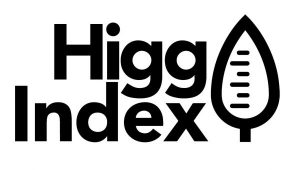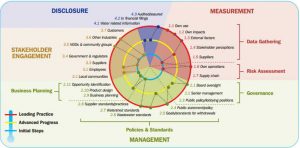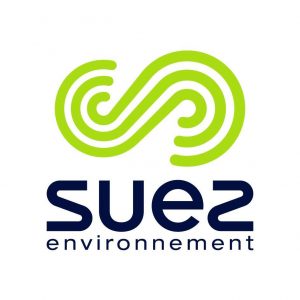Primary Functions
- Learn from Levi-Strauss & Co’s water-saving techniques and methods.
Detailed Description
Garment finishing
Garment finishing is the last step in making a product and can involve many wet processes to create a unique look. The specific steps used will vary depending on the desired aesthetic of the finished garment. The 21 Water<LessTM techniques outlined in this document demonstrate effective methods to eliminate, combine, or reduce one or more wet processes.
Rigid
Raw, rigid denim is the purest expression of Water<LessTM in that it requires no water for finishing either in garment or fabric form. The only time a rigid garment will touch water is in dyeing. No further wet treatment is applied to the garment for softening, desizing, color loss, etc. When the rigid Water<LessTM technique is used, no water savings are accrued.
Fabric
In 2015 Levi Strauss & Co. expanded their Water<LessTM program from garment finishing in laundries to fabric dyeing in the mills.
In Fall 2015, Levi Strauss & Co. launched the first-ever Levi’s® Water<LessTM fabric, which resulted in 65% water savings compared to traditional indigo rope dyeing which equates to an average of 6 liters of water saved per garment.
In Spring 2016, Levi Strauss & Co. added a second Water<LessTM fabric to their portfolio. It is a nondenim fabric and the process is based on a more efficient dyestuff. The process results in 100% fixation of the dye to the fabric so the 14 washing boxes/steps required in traditional dyeing are saved. The process results in 60% water savings compared to traditional pad-steam non-denim fabric dyeing which equates to around 1.7 liters saved per garment.





